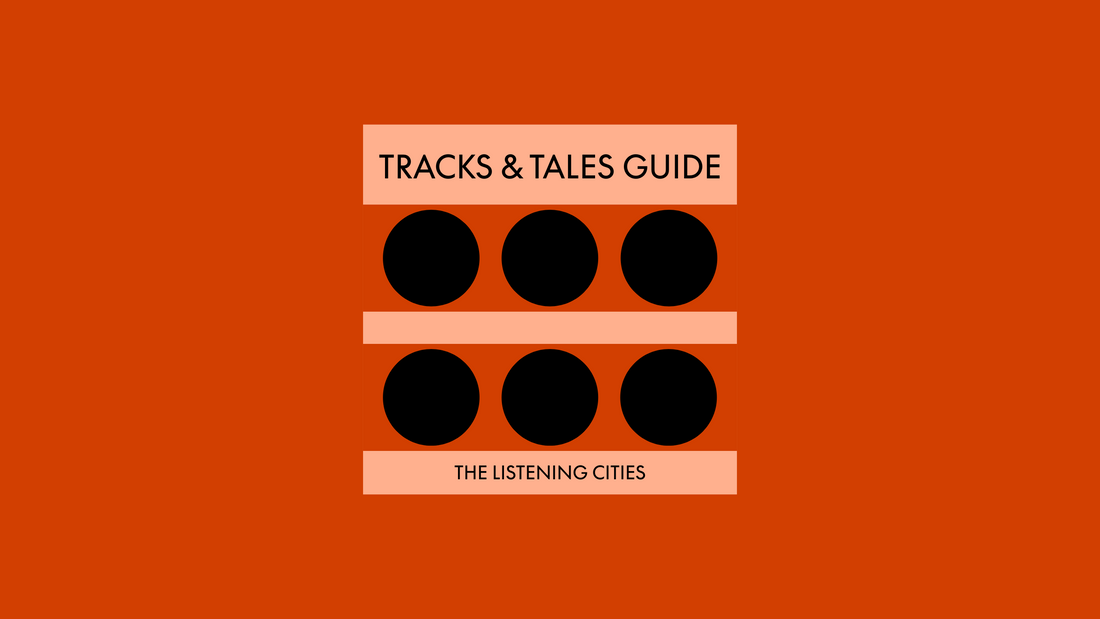
Kyoto: Listening Bars — Tradition, Stillness, and the Sound of Time
By Rafi Mercer
Kyoto is a city tuned to quiet. It is the hush of temple courtyards at dawn, the slow clatter of geta sandals on stone, the rustle of leaves along the Philosopher’s Path. Where Tokyo is velocity and Osaka exuberance, Kyoto is stillness — a city that listens before it speaks. It is no surprise, then, that the listening bar has found a natural home here.
The tradition runs deep. Kyoto was never the centre of Japan’s recording industry, but it has always been the keeper of cultural forms — from tea ceremony to Noh theatre, from kaiseki dining to Zen gardens. Each of these traditions carries an ethic of attention, of ritual. The listening bar, though younger, resonates with this spirit: music not as noise, but as presence, curated with the care of an incense ceremony.
Among the most celebrated is Jazz Spot Yamatoya, a compact bar with a collection stretching from bebop to free jazz, where the speakers seem almost like temple bells. Cafe Independants, beneath an old office building, doubles as gallery, café, and listening space, its eclectic programming as much about community as fidelity. Smaller rooms tucked into Gion or along Kawaramachi follow the same pattern: vinyl archives curated with obsession, bartenders who double as selectors, sound systems tuned to the room’s proportions like temple acoustics.
Kyoto’s listening bars are marked by tradition and restraint. Systems may not always be the grandest, but they are precise, often vintage, treated with reverence. Lighting is soft, drinks are served with ritualistic care, and conversation lowers itself when the music swells. The atmosphere is not about spectacle but about alignment — the sense that music, architecture, and time are moving in harmony.
What distinguishes Kyoto is its philosophical depth. While Tokyo’s bars impress with fidelity and scale, Kyoto’s compel with atmosphere. They invite silence as much as sound, framing the record not as entertainment but as meditation. To sit in one of these bars as Coltrane’s horn unfurls or Bill Evans’ piano lingers is to experience listening as a form of contemplation.
Globally, Kyoto’s significance lies in its reminder that the listening bar is not only about technology or nightlife, but about ritual and attention. The Japanese concept of ma — the space between sounds — is palpable here. These rooms teach that fidelity is not only measured in frequency response, but in presence.
A night in Kyoto might mean stepping through a wooden doorway, slipping onto a stool worn smooth by decades, and hearing a record play in a way that seems inseparable from the city outside: the temple bells, the cicadas, the quiet river. Here, listening is not an escape from Kyoto, but an extension of it.
Rafi Mercer writes about the spaces where music matters. For more stories from Tracks & Tales, subscribe here, or click here to read more.














